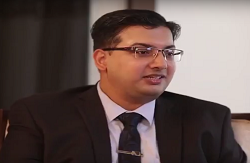Wouldn’t it be great if you could permanently bid goodbye to your waxing and shaving woes? Or reverse those signs of aging? Your monthly salon trips have stolen many hours from your life, and it’s time you found a permanent solution to it. Today, more and more women are going in for laser treatments that are superior in effect, and also save you tons of money in the long run!
We spoke to Dr. Jay Gupte who helped us address some common questions in case of laser hair removal and skin resurfacing.
Read on to understand the features and effects of both these procedures.
Laser Hair Removal
Q: To start with, what are the most prominent areas for laser hair removal?
A: To start with, the procedure of laser hair removal is technically that of HAIR REDUCTION and not HAIR REMOVAL. Some small, very thin strands of hair will persist. It may be a small difference in the terminology, but in reality, it’s a difference that has to be communicated to the patient before he or she wants to undergo the procedure.
The upper lip, chin and side locks are by far the most sought after sites for hair reduction. These are the most visible areas and obviously need more treatment. Body areas, in comparison, are not very frequently targeted.
Q: Is it painful?
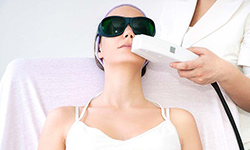
Q: What are the possible risks and side effects?
A: The presence of active infection or tattoos in the area being treated or having cardiac pacemakers are strict no-nos to the treatment. But, with the newer technologies emerging rapidly in hair removal, it has now become quite safe to give very good cosmetic results with Laser Hair Reduction.
Q: How many sessions does an average laser hair removal process require?
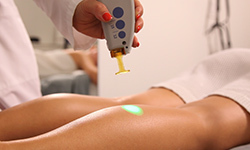
Q: How effective is laser treatment on removal of ingrown hair?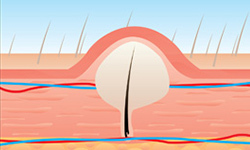
Q: What are the costs per session? Do they vary according to the area to be targeted?
A: Costs vary widely from the locality of the doctor to the treatment area. More importantly, laser hair reduction is not a one-time procedure, and no area can be treated in less than 6 to 10 sessions. It requires time and patience. Do ask your doctor if any creams too can be applied to get a faster and better result.
Laser Skin Resurfacing
Q: How does laser skin resurfacing treatment work?
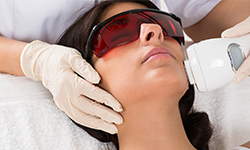
Q: How long does the effect of one session last?
A: A single session will provide good lasting results for almost up to 2 months, but with individual variations.
Q: Are there any side effects to the process?
A: Mild pigmentation issues may arise as a result of laser skin resurfacing, but these will last only a few days. Long term damages are really not known to happen. Like in any laser treatment, active infections should not be present.
Q: What’s the best aftercare following laser resurfacing?
A: The best and simplest method is always sun protection, whether with creams or clothing. That said, every patient must strictly follow all post treatment care directions given by the doctor.
As with any professional procedure, research well and consult with your dermatologist beforehand so that you don’t run the risk of after-effects you weren’t prepared for.


